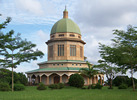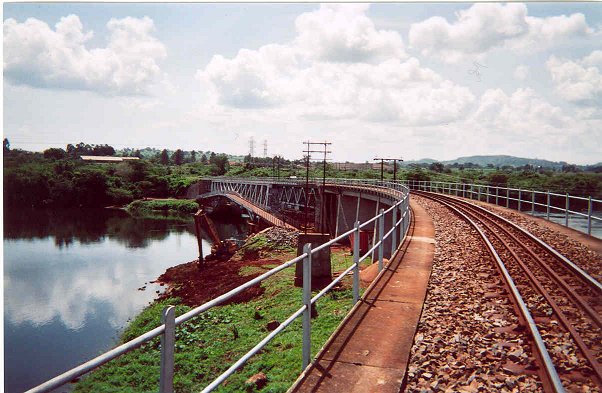
Uganda, like other East African Countries of Kenya and Tanzania, mothers one of the most historic railways on the continent. The East African Railway, earlier known as the Uganda Railway. The railway was built by large numbers of Indian Coolies, supervised by British officials. The coolies were prisoners from then British Colony India, and they would be shipped to Africa or wherever the British had their colonies, to contribute to projects like the Uganda – Kenya Railway. The very first of the Railway construction in Uganda began from Jinja to Namasagali towards Masindi Port. Communication and trade in these regions had previously been maintained via ferry until the Kenya- Uganda railway later extended its main line westwards, and from Jinja to Kampala, Uganda’s commercial capital. Passengers from Kenya often used steamer from Kisumu, across to Entebbe or Port Bell. As the 1920s progressed, The Railway would be extended to Eldoret, Tororo, and Mbulamuti, finally connecting to the first Jinja Namasagali line – (the Jinja Railway Bridge) It is this line that was connected to Kampala crossing the Nile at Jinja, accommodating both the railway and roadway underneath.
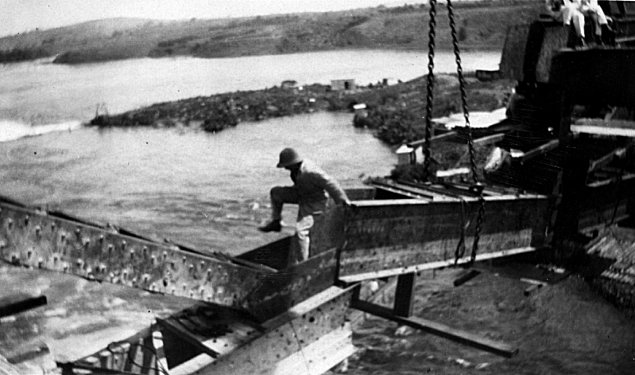
One of the most interesting aspects of the Uganda Railway, although uncelebrated and is merely a popular subject, is the Train Bridge or the Jinja Railway Bridge. This is also the oldest Bridge in the country.
The Jinja Nile River Train Bridge was built in the late 1920s (started in 1926) to connect the Jinja Port, from where coal and other minerals and products for export or import would be delivered by ships to and from Mwanza and the train would then have to transport these to other regions of the country where it would be used to boost industrialization. Regions connected to included Kasese, and Namasagali among others and passengers would mostly travel through Masindi and Butyaba on Lake Albert before boarding a steamer to the then Belgian Congo and or, Juba Sudan. The Railway Bridge construction was supervised by the Nicholson brothers, Ramsay and Pearce. Some historical images of the event are shared below, retrieved from the Nicholsons family Album and shared in 2010. We get these pictures from Roger Farnworth’s blog (Kindly see references)!
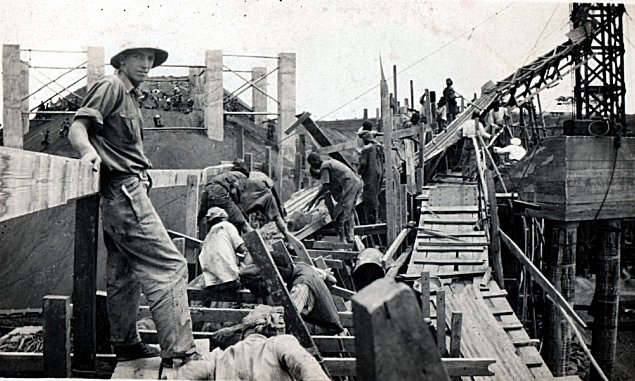
Back in the day, the bridge was shared by vehicles as well as trains, but over time, other bridges were constructed, which made the Railway Bridge forgotten, and almost uncelebrated as the case is today. An interesting fact is that many younger Ugandans barely know about the bridge’s existence, except for some of the older generation that were lucky, to have used it.
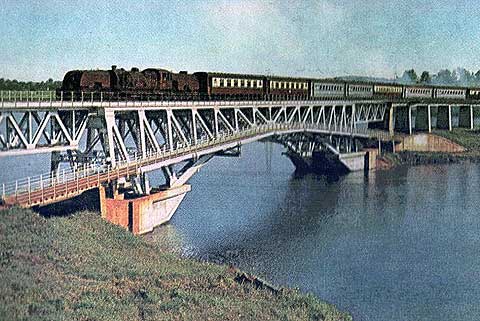
In a publication by [railwonders of the world.com], the Jinja Railway Bridge, however old, is considered one the latest to be constructed in Africa, after other bridges like the Zambesi bridge, also the world’s longest bridge.
The same publication further reveals that; “..The railway extension from Jinja towards Kampala began on January 1, 1929, and the bridge was opened for traffic on January 14, 1931. The single spandrel-braced arch measures 260 ft 2-in, and there are two open-deck type spans of 100 ft at the approaches. The bridge carries a single line of meter gauge track at approximately 69 ft above flood-river level. Underneath this, there is a fine 20 ft motor roadway with footways. As the river bank at the Jinja end of the bridge is but a few feet above high-water level, a high bank had to be thrown up to carry both the railway and the road to the higher ground farther away from the river. A tall masonry pier was thus necessary to support the shore end of the 100-ft Jinja approach span, as a smaller pier could not be found with much safety in the newly constructed embankment. Unenlightened townsfolk of Jinja may have viewed with indignation the new bridge which the engineers began to put up when they first arrived. But this was only a temporary footbridge erected to provide easy communication between the two river banks during the construction of the main bridge; the swirling waters made the use of boats dangerous. The cost of the Jinja rail and road bridge came to approximately £70,000.”
Enjoyed this blog? Subscribe for more!
Important Sources
http://www.mccrow.org.uk/eastafrica/eastafricanrailways/KURJinjaBridge.htm


